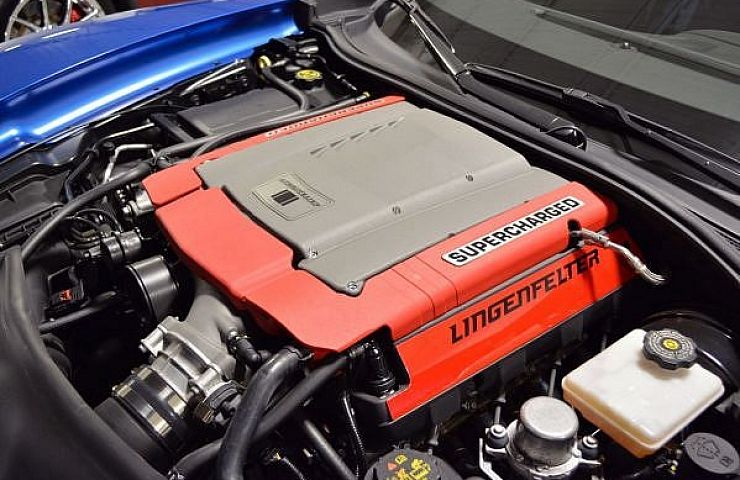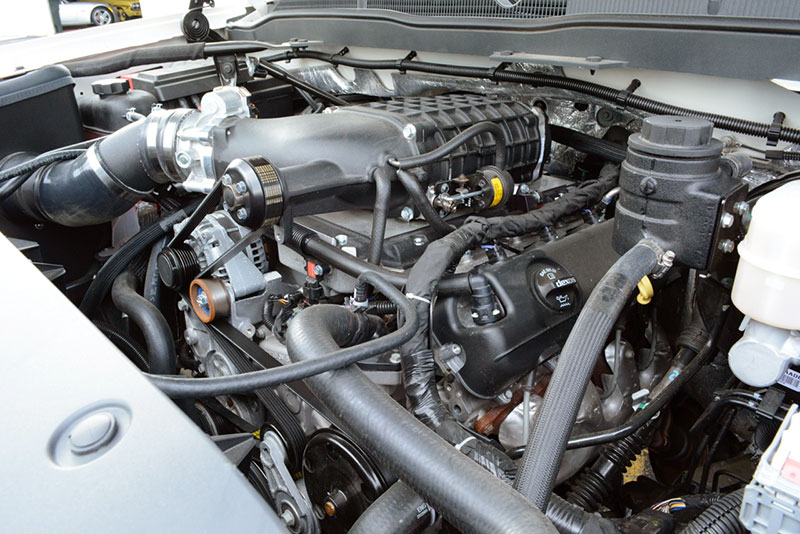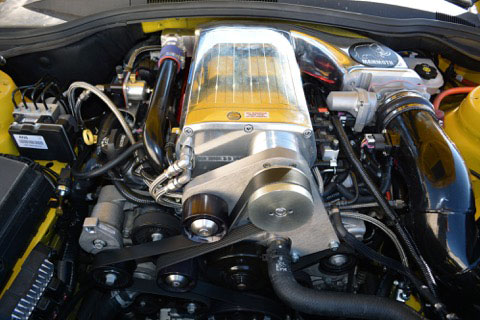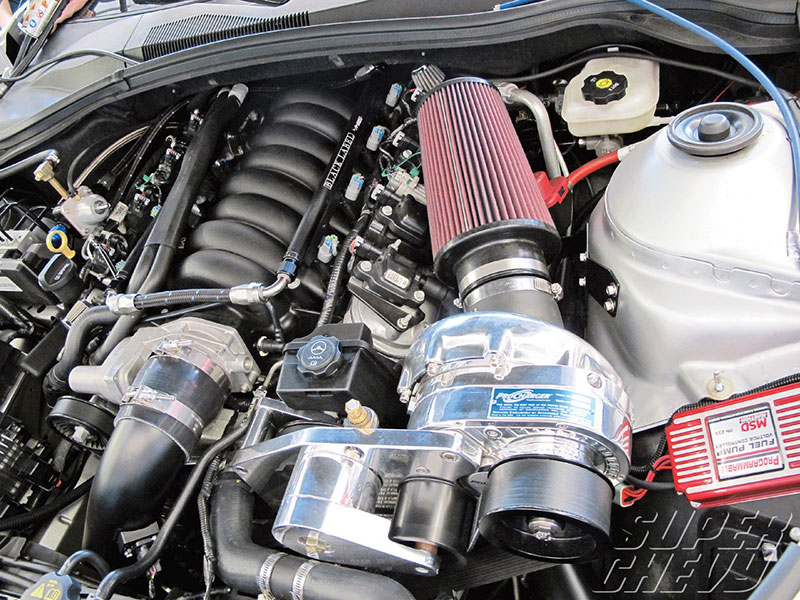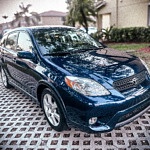Superchargers are engine-driven blowers that boost power by improving air flow. Two types of units—Roots and centrifugal—enhance performance in slightly different ways: the former with torque and the latter high-end with horsepower.
Roots-type Units for Everyday Use
The original Roots supercharger, named after its creators, served as an air conveyor for mine shafts. The diesel truck industry adopted the idea to make engines more efficient. Veins spinning inside two lobes work in tandem to pump air into the engine.
- Roots superchargers have straight veins
- Screw-type superchargers have veins twisted like a screw
- Twisted superchargers have veins that are curved, but not as severely as in the screw-type design
Eaton is the best-known manufacturer of these types of superchargers, known for reliability, quiet operation and relatively low maintenance. “The real advantage of a Roots unit is that people drive by feel,” explained Mike Copeland, vice president at Lingenfelter Performance Engineering. “People push down on the gas pedal until they get what they feel they need in the return. Since people don’t have to push the throttle as far on a car with a Roots supercharger, fuel economy is improved.”
Before you buy a supercharger, you should understand the car’s real use, according to Copeland. “A lot of people get caught up in big horsepower numbers,” he said. “A Roots-type unit can provide up to 100 horsepower boost that comes on at lower engine speeds, so it’s a better choice for towing and improving everyday performance.”
These units come in different sizes, meant to accommodate different types of engines: the bigger the unit, the more power but also more weight. If the unit is too small, the supercharger will have to spin faster which may cause the unit to overheat.
Centrifugal Superchargers for the Racetrack
Car owners wanting maximum horsepower for racing should opt for a centrifugal supercharger such as a Vortech unit. Copeland describes centrifugal superchargers as “belt-driven turbochargers.” Like turbochargers, they don’t just pump air; they also compress it. Compressed air contains more oxygen, providing a better charge. Centrifugal superchargers deliver peak power at high engine speeds: ideal for high-performance applications.
But there are some downsides. One is noise. Unlike Roots-type superchargers, Centrifugal units create a harmonic that can bother occupants inside the car. They also tend to wear out belts, requiring more maintenance. While Roots-type designs are self-contained units with their own lubrication systems, some centrifugal superchargers require installing a separate oil feed and return.
Other Concerns
Superchargers increase a car’s octane needs, so expect to run premium gasoline. To get the best performance out of a blower, car owners should consider modifying the cold air intake and exhaust to improve air flow in front of and behind the unit.
Residents of California should make sure the cold air intake is state-certified. Choose quality components from well-known brands such as K&N since the intake needs to prevent dirt from entering the airstream. A cat back exhaust system reduces backpressure while maintain the car’s OEM emissions system. Exhaust systems are tuned for exhaust note. Louder systems require a Helmholtz resonator inside the muffler to eliminate drone.
Oil quality is important. Copeland recommends synthetic over mineral oil. You may need to change the oil and clean the air filter more frequently to reduce the risk of dirt contamination.

